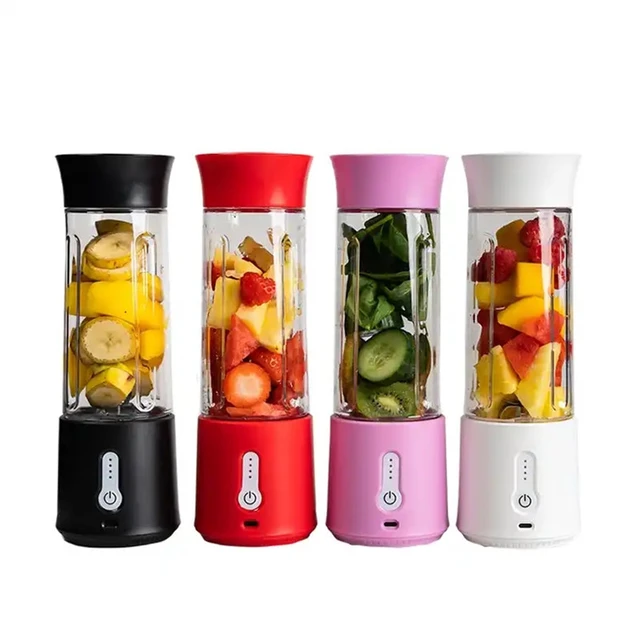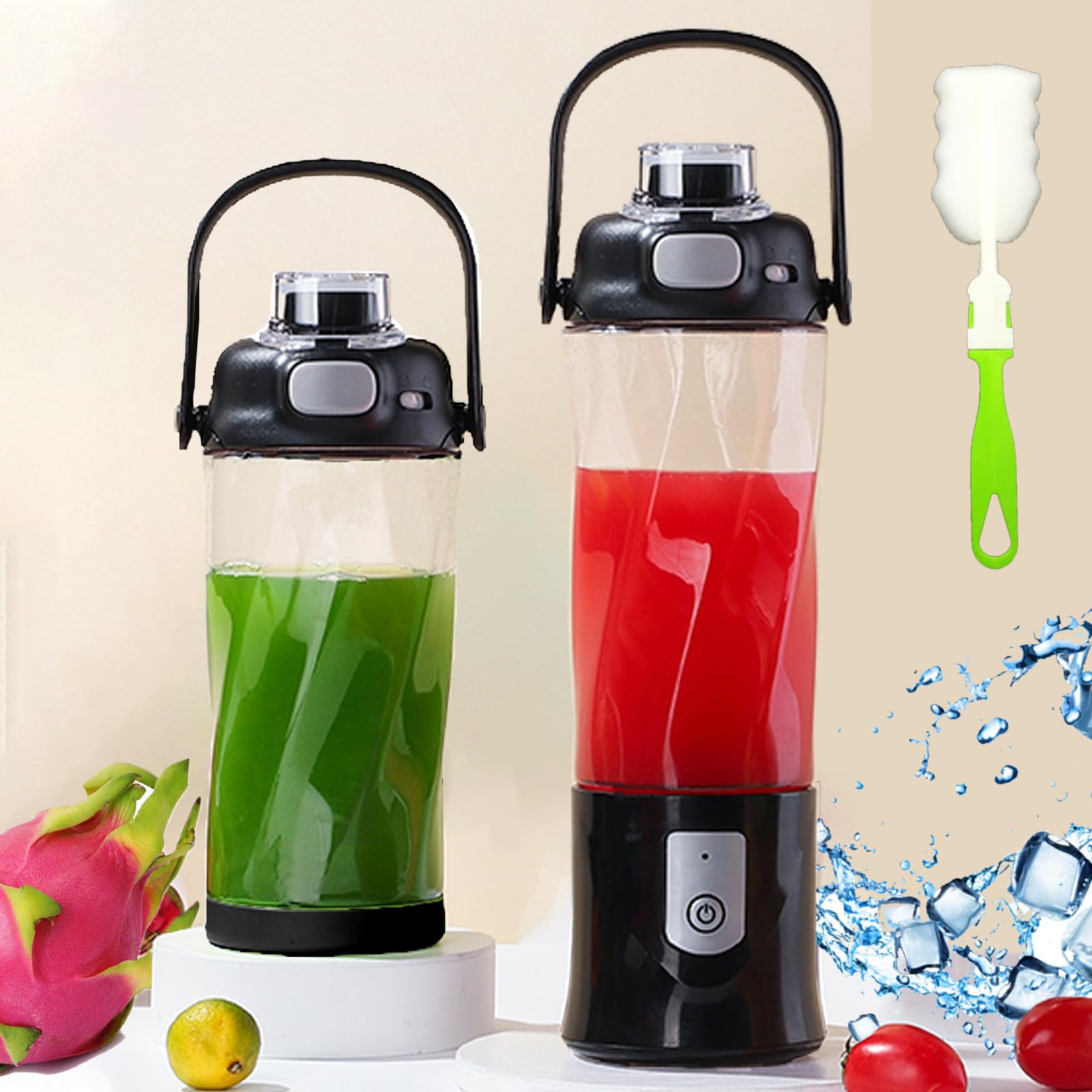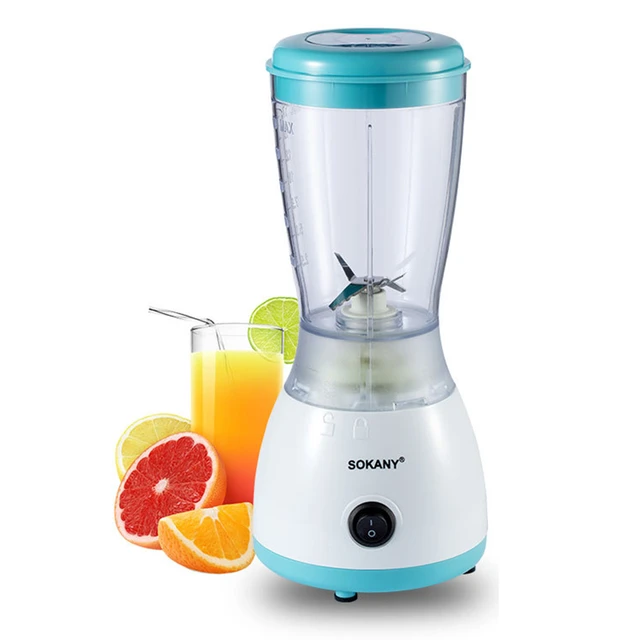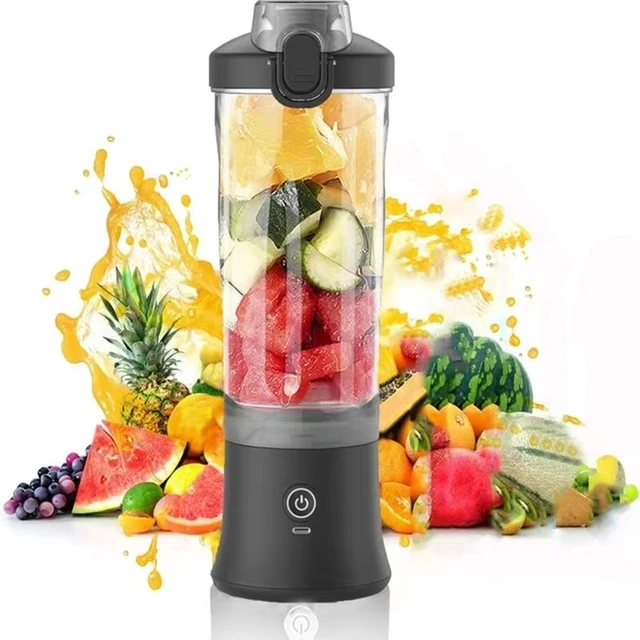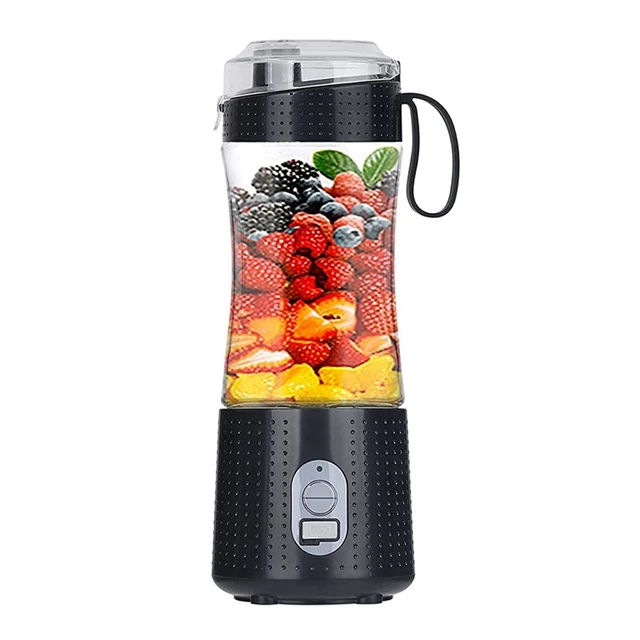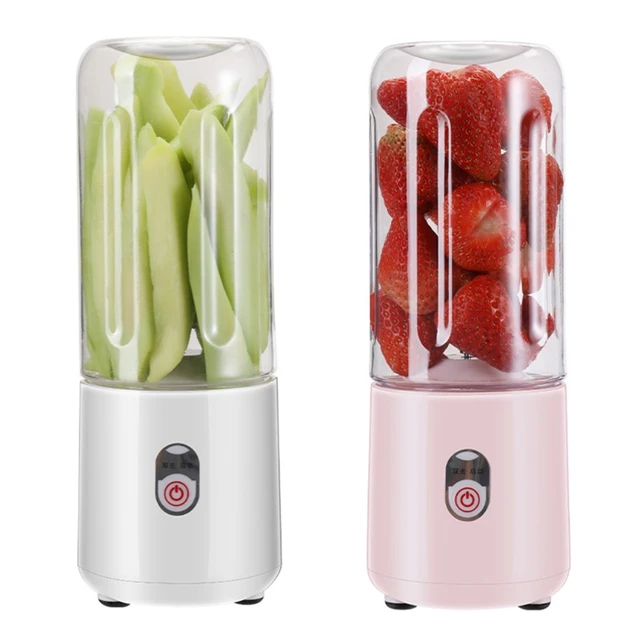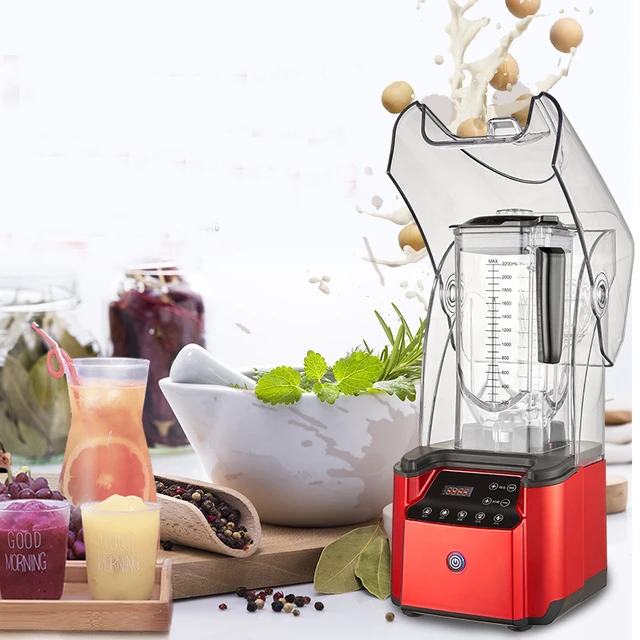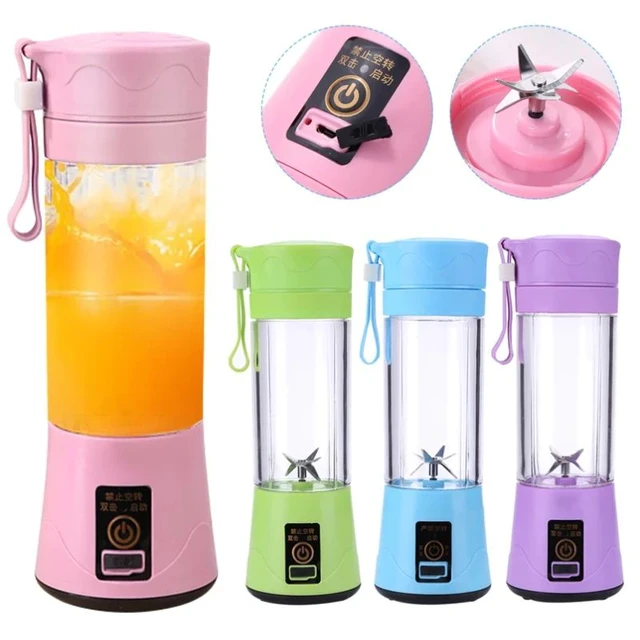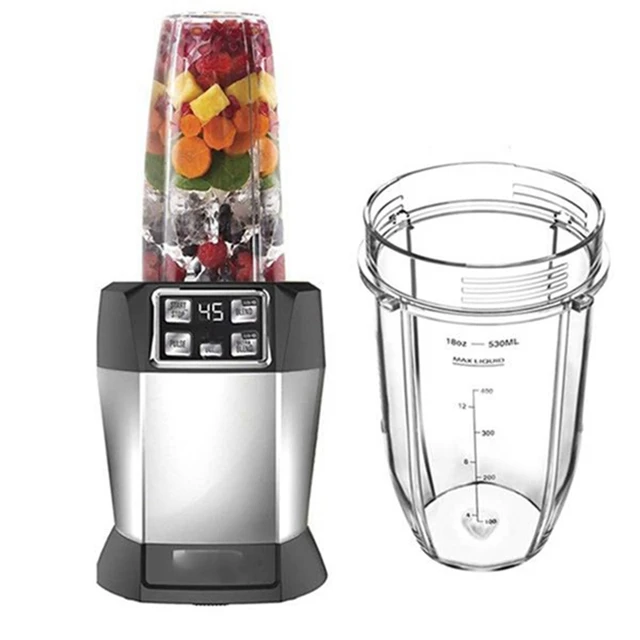
Introduction
Blenders are valuable kitchen appliances that offer convenience and versatility. However, one concern many people have is the noise generated by blenders during operation. If you’re considering purchasing a Ninja blender, it’s important to understand the noise levels associated with these appliances. In this guide, we will explore and evaluate the noise levels of Ninja blenders, discuss factors that contribute to blender noise, provide tips for managing noise, and offer insights into specific Ninja blender models known for their quieter operation.
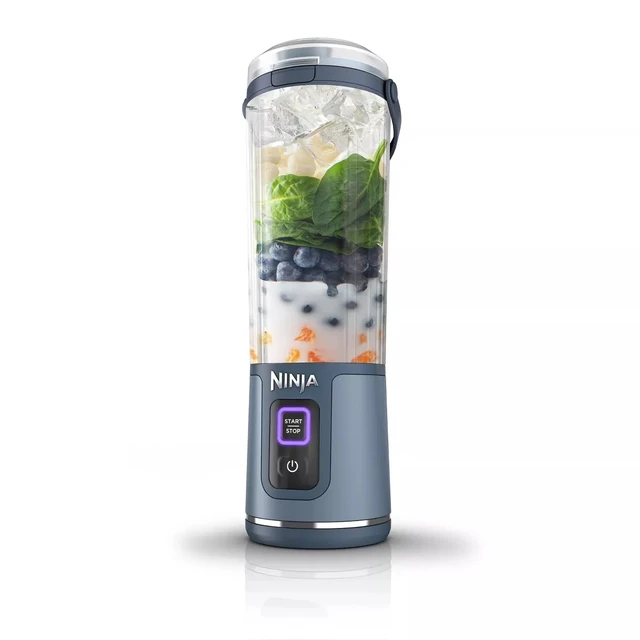
Are Ninja blenders noisy?
I. Understanding Blender Noise Levels
-
Perception of Noise:
- Noise is subjective, and individuals have different tolerances to sound. What may be considered noisy to one person might be acceptable to another. Thus, a blender’s noise level can be perceived differently by users based on their personal preferences and environmental factors.
-
Relative Noise Comparison:
- Blenders, including Ninja models, generally produce a certain level of noise during operation. Comparisons between different blender models and brands can give an indication of relative noise levels.

II. Factors Contributing to Blender Noise
-
Motor Power:
- The power and speed of the blender’s motor play a significant role in determining the noise output. Higher-powered motors tend to generate more noise due to the increased speed and force needed to blend ingredients efficiently.
-
Blade Design and Material:
- The design and composition of the blender blades can impact noise levels. Blades made of harder materials, such as stainless steel, may produce more noise during blending compared to blades made of softer materials.
-
Jar Material:
- The material of the blender jar can affect noise levels. Jars made of glass or thicker, non-transparent plastic tend to dampen sound better than thinner or lighter plastic materials, which may amplify noise.
-
Ingredient Consistency:
- The consistency and hardness of the ingredients being blended can influence noise levels. Harder ingredients, such as ice or frozen fruits, typically require more power to blend, resulting in increased noise.
-
Operational Speeds:
- Blender noise can vary at different operational speeds. Higher speed settings often generate more noise due to the increased motor power and blade rotation.
III. Strategies for Managing Blender Noise
-
Blend in Short Bursts:
- Instead of blending continuously for an extended period, try blending in short intervals, allowing breaks in between. This not only helps manage noise levels but also prevents the motor from overheating.
-
Place Blender on a Stable Surface:
- Position the blender on a stable, non-slip surface to minimize vibrations and reduce noise transmission. Placing it on a rubber mat or dampening pad can further help reduce vibrations and noise.
-
Choose Blending Times:
- Consider blending during quieter times of the day when noise is less likely to disturb others. For example, avoid blending early in the morning or late at night in noise-sensitive settings.
-
Use Sound-Absorbing Materials:
- Surrounding the blender with sound-absorbing materials, such as placing a silicone mat or towel underneath or around the blender, can help dampen noise and reduce its propagation.

IV. Quieter Ninja Blender Models
-
Ninja Professional Blender (BL610):
- The Ninja Professional Blender (BL610) is known for its relatively quieter operation compared to some other models. Its 1000-watt motor and well-designed jar contribute to a more controlled noise level.
-
Ninja Professional Plus Kitchen System with Auto-iQ (BN801):
- The Ninja Professional Plus Kitchen System with Auto-iQ (BN801) is another model recognized for quieter operation. It features a 1400-watt motor and comes with a more substantial jar that reduces noise output.
V. User Experiences and Reviews
-
Noise Perception:
- User experiences and reviews provide valuable insights into the noise levels of Ninja blenders. While noise perception can vary, many users have reported that Ninja blenders operate at an acceptable noise level, especially considering their blending power.
-
Personal Sensitivities:
- Keep in mind that noise tolerance varies from person to person. Reading multiple reviews and considering a range of opinions can give a more comprehensive view of the noise levels experienced by users.
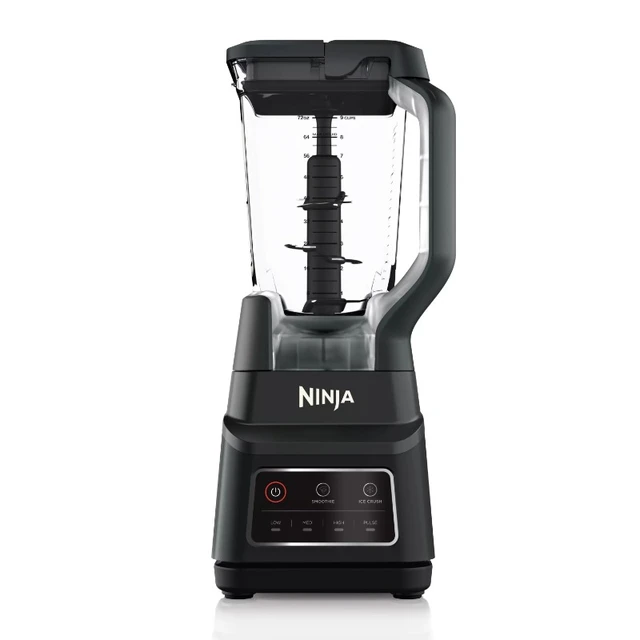
VII. Noise-Reducing Features and Technologies
-
Sound Enclosures:
- Some high-end blenders, including certain models of Ninja blenders, may come with sound enclosures or shields. These enclosures are designed to minimize noise levels by creating a physical barrier around the blending unit, effectively containing and reducing sound.
-
Vibration Dampening:
- Certain blender models incorporate features to reduce vibrations, which can contribute to noise transmission. These features may include rubberized bases or motor mounts that help absorb vibrations and minimize noise.
-
Sound-Reducing Design:
- Blender manufacturers often focus on designing blenders with noise reduction in mind. This includes optimizing the airflow and ventilation systems to reduce air turbulence and noise generated by the motor.
VIII. Importance of Regular Maintenance
-
Cleaning and Maintenance:
- Proper cleaning and maintenance of your Ninja blender can help ensure optimal performance and minimize noise levels. Regularly clean the blender jar, blades, and other removable parts according to the manufacturer’s instructions to prevent residual buildup that can affect blender operation and increase noise.
-
Lubrication:
- If you notice any unusual noises coming from your blender, such as squeaking or grinding sounds, consider lubricating the blender’s moving parts as recommended by the manufacturer. This can help reduce friction and noise during operation.
IX. Managing Expectations
-
Realistic Noise Levels:
- While manufacturers strive to create quieter blenders and implement noise-reducing technologies, it is important to set realistic expectations for blender noise levels. Blending tough or frozen ingredients will still generate noise due to the required motor power. However, a well-designed blender can help minimize excessive noise and vibrations.
-
Individual Sensitivity:
- Keep in mind that individual sensitivity to noise can vary. Some individuals may have a higher tolerance for blender noise, while others may be more sensitive to it. Consider your own personal preferences and the noise tolerance of those around you when evaluating noise levels.
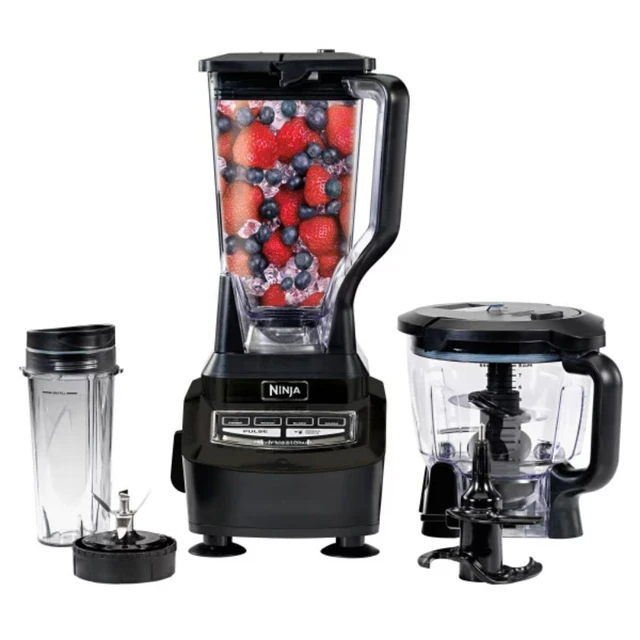
VI. Conclusion: Managing Blender Noise and Choosing the Right Model
Noise levels can be a concern when selecting a blender, including Ninja models. While blenders inherently generate noise during operation, there are strategies for managing and minimizing their impact. By blending in short bursts, placing the blender on a stable surface, choosing appropriate blending times, and utilizing sound-absorbing materials, you can reduce the noise level and its transmission.
Ninja blenders, such as the Ninja Professional Blender (BL610) and the Ninja Professional Plus Kitchen System with Auto-iQ (BN801), are generally recognized for their quieter operation. These models feature powerful motors and designs that help mitigate noise output.
Ultimately, considering personal tolerance for noise, specific needs, and preferences will guide you in selecting the right Ninja blender model. By adopting noise management strategies and choosing a suitable blender model, you can enjoy the benefits of blending without excessive disruption or discomfort.
